How Reusing Items Can Help The Environment
The Environmental Blog
JULY 14, 2020
These affect natural habitats, produces acid rain and destroys the ozone layer because of global warming. Reusing items can save help the environment in the following ways: Reduces the Demand For Raw Materials. As mentioned earlier, reusing items can reduce the demand for production activities.



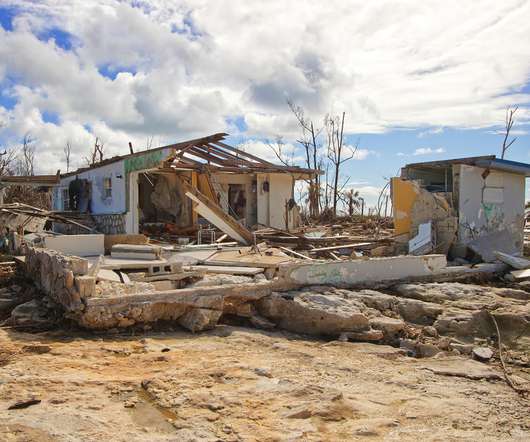




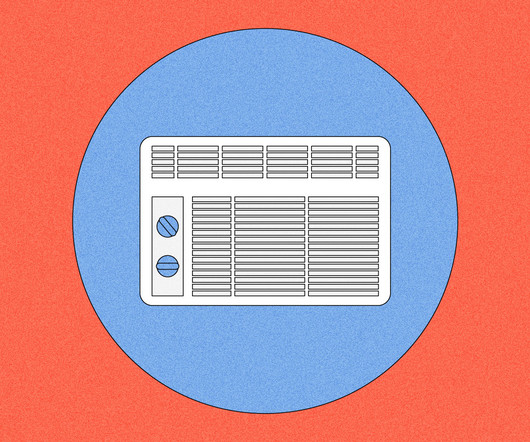


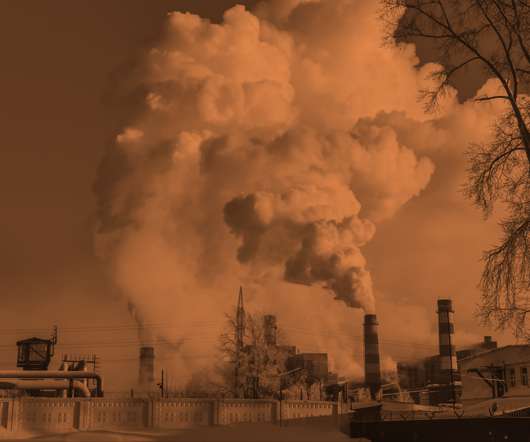


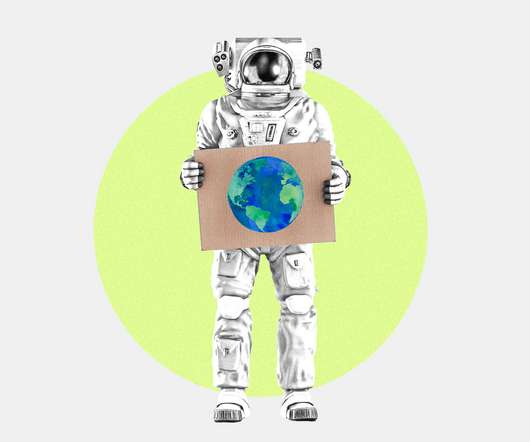
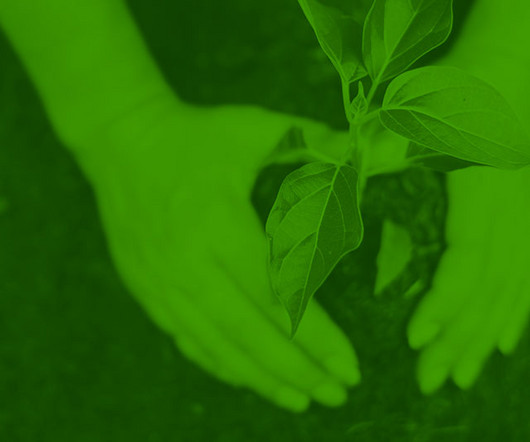











Let's personalize your content